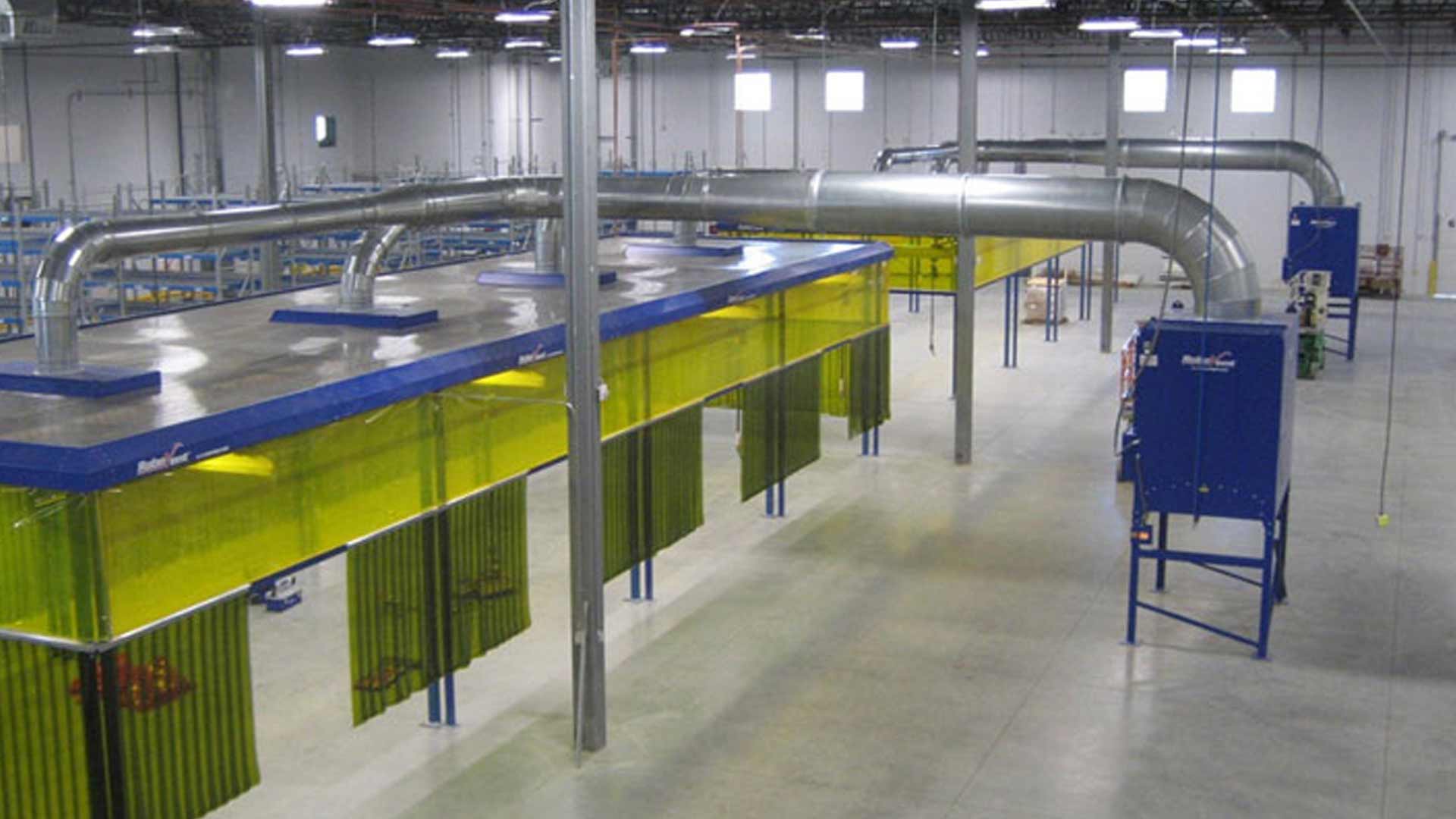Five Ways Weld Fumes Hurt Your Business

Here are five hidden ways that weld fumes can hurt your bottom line:
1. Welding fumes reduce worker productivity.
Exposure to weld fumes can have a significant detrimental effect on both short-term and long-term productivity numbers. Workers exposed to unvented fumes may experience shortness of breath, nausea, eye irritation, cognitive effects and other symptoms that decrease both their motivation and ability to perform at their best. In the short run, this results in decreased concentration and stamina levels that can be measured in reduced speed and accuracy. In the long run, productivity effects will also be felt through increased absenteeism. Studies show that even minor indoor air quality issues result in significant productivity losses .
2. Welding fumes reduce worker satisfaction and increase turnover.
Workers don't want to breathe in unpleasant (and dangerous) fumes every day at work. Employees who don't feel good at work and worry about the long-term health consequences of welding air quality won't want to be there—and their attitude will show. Allowing fumes to hang over welding operations sends the message that the company doesn't care about workers' health and wellbeing. Skilled employees who have other job options are likely to start looking.
3. Welding fumes impact your recruiting efforts.
Employers with dirty, smelly factory floors don't attract the best workers in the first place. Years of low recruitment and a wave of coming retirements will significantly tighten the labor market for skilled welders over the next decade. Skilled, high-quality workers will be in high demand. For younger workers especially, environment matters. Employers with clean, pleasant working environments that meet or exceed health and safety standards will have an easier time attracting the best welders.
4. Welding fumes increase your liability.
Failure to meet OSHA standards for welding fume safety can result in significant costs for manufacturers. In addition to substantial fines, companies that are out of regulation can be held liable for damages if worker health and safety is compromised. Long-term exposure to welding fumes can lead to permanent respiratory, neurological or cognitive effects, in addition to kidney damage, cancer and other health impacts. If an employer is found to be at fault, legal costs can be hundreds of thousands of dollars or more.
5. Welding fumes damage your company image.
If you bring clients or potential clients into your factory, you'll also want to consider the effect poor indoor air quality might have on their view of your company. A clean, well-vented environment is not only is more pleasant to tour, but also sends the message that your company cares about quality and integrity. Welding fumes leave a negative impression that may be difficult to erase.
So don't let welding fumes tarnish your reputation and erode your bottom line. Effective venting for welding operations is an investment that will pay dividends in higher productivity, better retention and recruitment, lower liability costs and better client relationships.
Contact Us With Your Questions!
SUBSCRIBE TO
BLOG UPDATES








